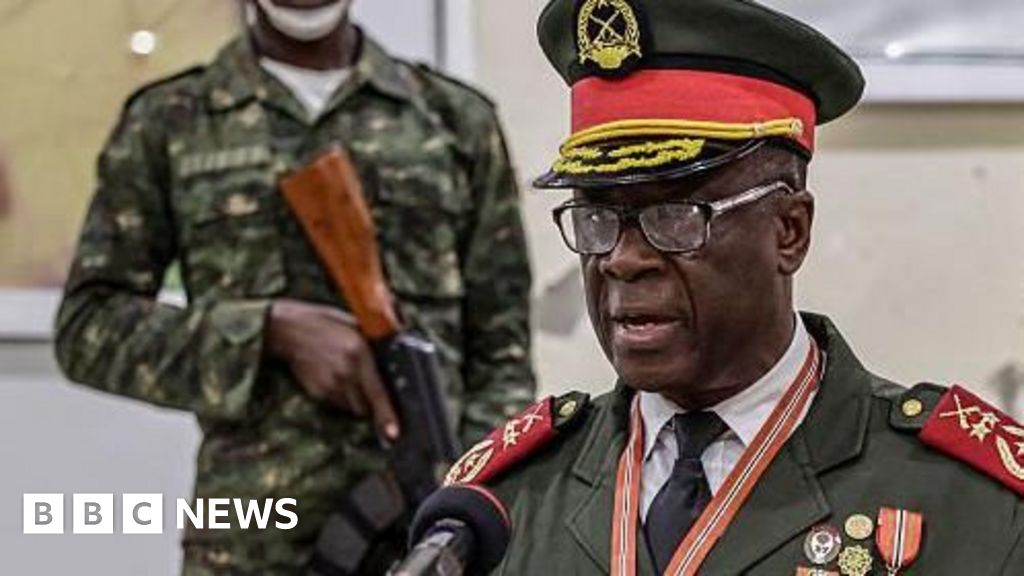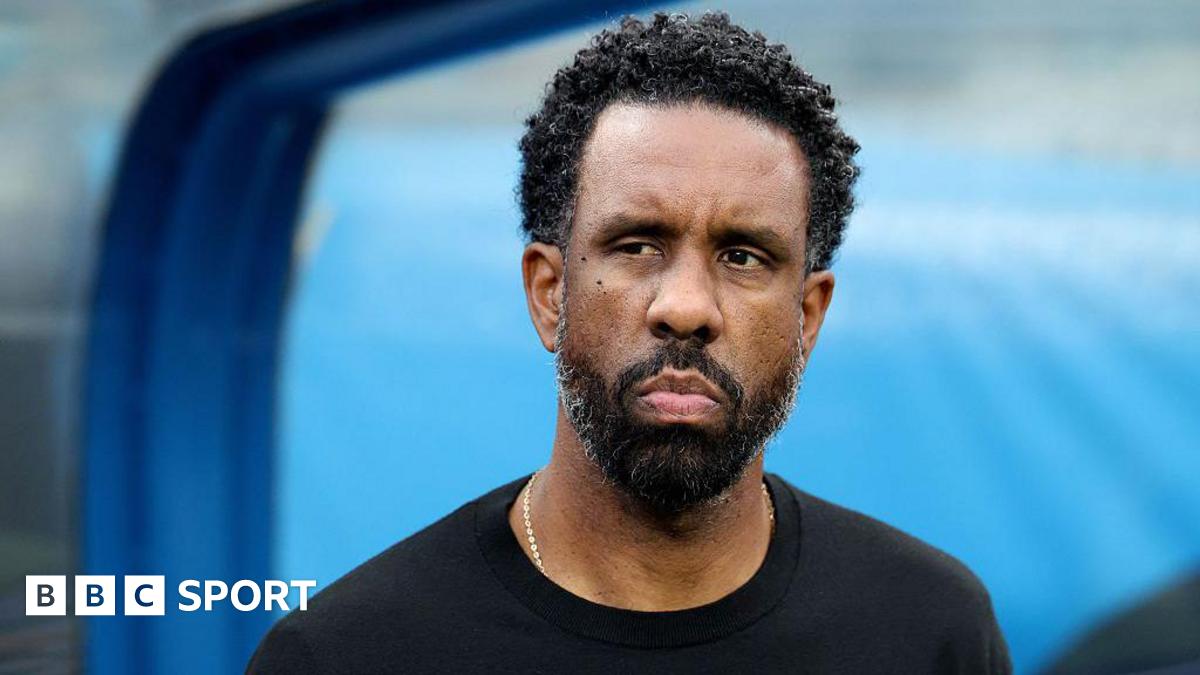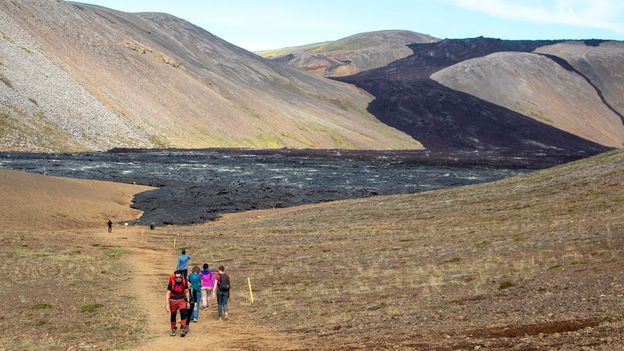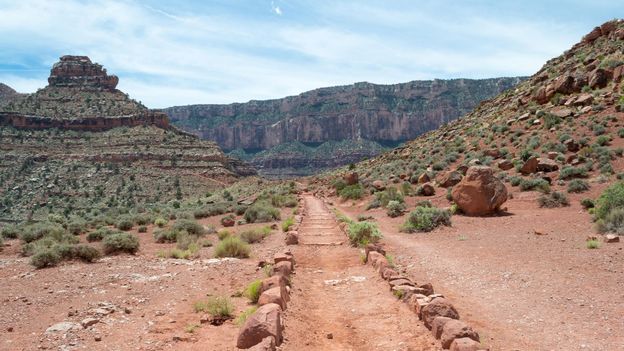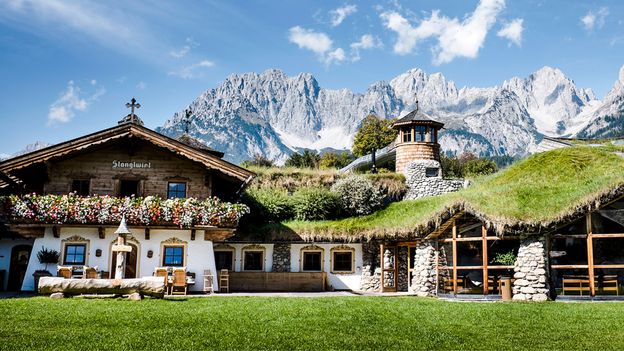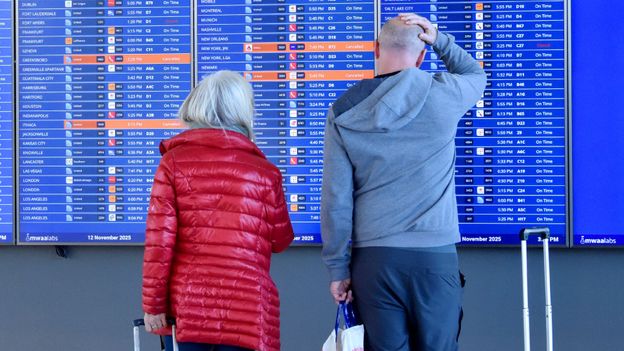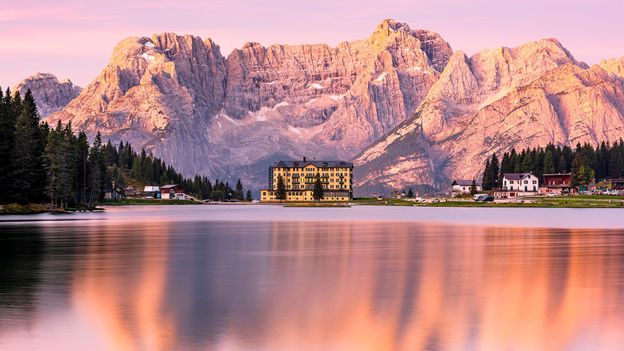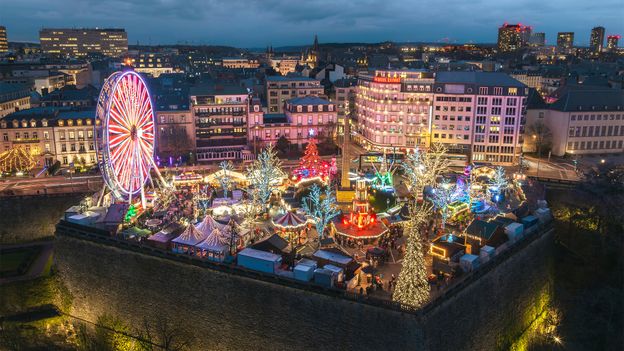A 2023 volcanic eruption forced 3,700 residents to flee Grindavík. Now, visitors can join guided tours of the ghost town to witness nature’s power first hand.
It’s hard not to be moved. Deep crevasses slice through smooth tarmac carparks. Houses with cracked concrete walls stand behind lines of orange flags and protective metal barriers. Swings in an empty kindergarten playground move gently in the wind. In November 2023, the Icelandic fishing town of Grindavík, home to 3,700 people, was evacuated overnight. Today, it’s effectively a ghost town.
In a carpark outside an abandoned supermarket, a large-scale outdoor photo exhibition by Sigurður Ólafur Sigurðsson tells the story in haunting detail, starting with the first emergency town meeting held in the local sports hall when earthquakes started to shake the town. Soon after, great fissures opened up just outside Grindavík and lava started to flow from a nearby volcano. Houses were destroyed and the streets shifted as the ground heaved up and down. Since the first magma intrusion, at least five further eruptions have shaken the area.
Sigurðsson’s photos capture everything: search and rescue teams working in full protective gear against a background of lava and fire; a man standing in his former kitchen with his wife, wiping away a tear, knowing it’s unlikely they’ll be able to return to their home. The eruption was the most extensive natural disaster Iceland had seen in more than 50 years; one reporter described the 4km fissure spilling molten lava as the “gates of hell” opening.
Grindavík was closed to the public for nearly a year but reopened in October 2024, home to just a handful of people who refused, against official advice, to live anywhere else. Now, visitors can join guided tours to witness nature’s power first hand.

